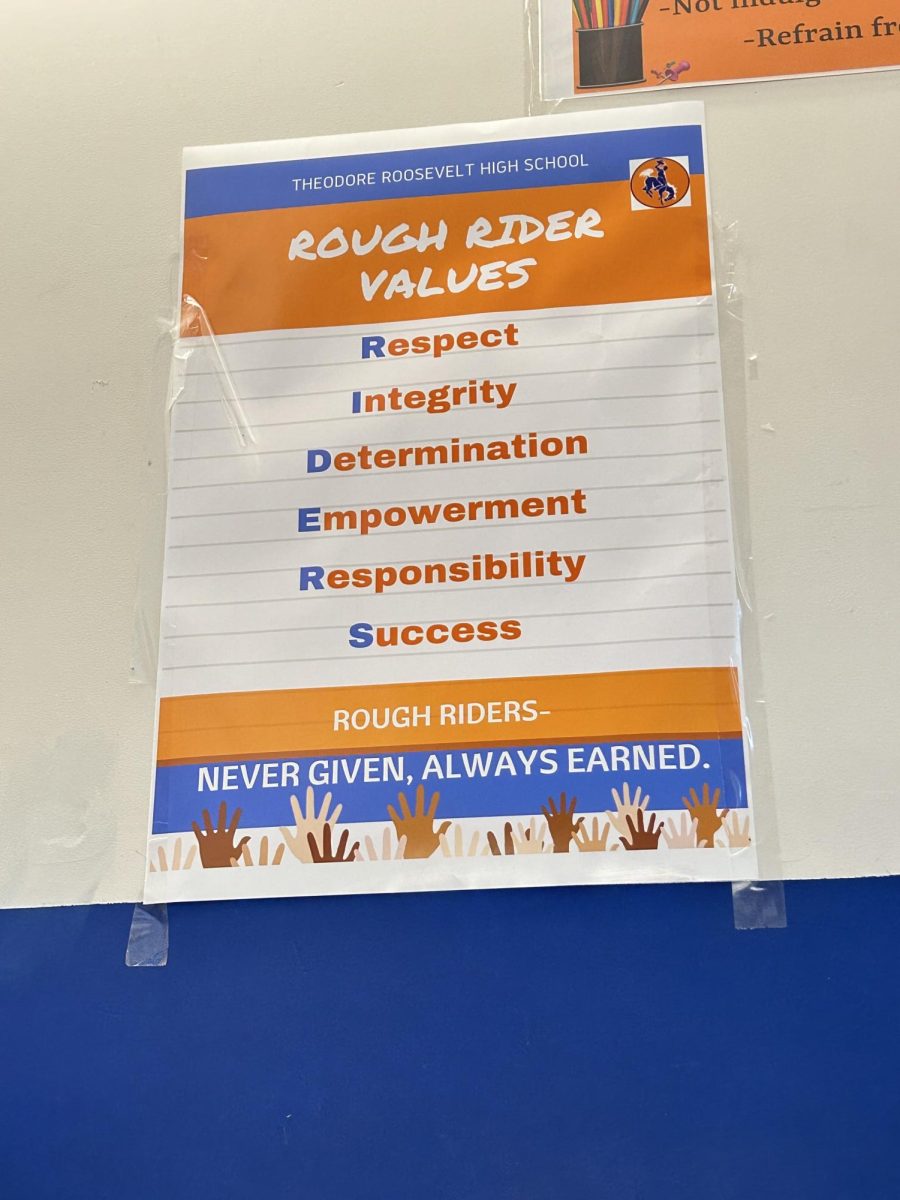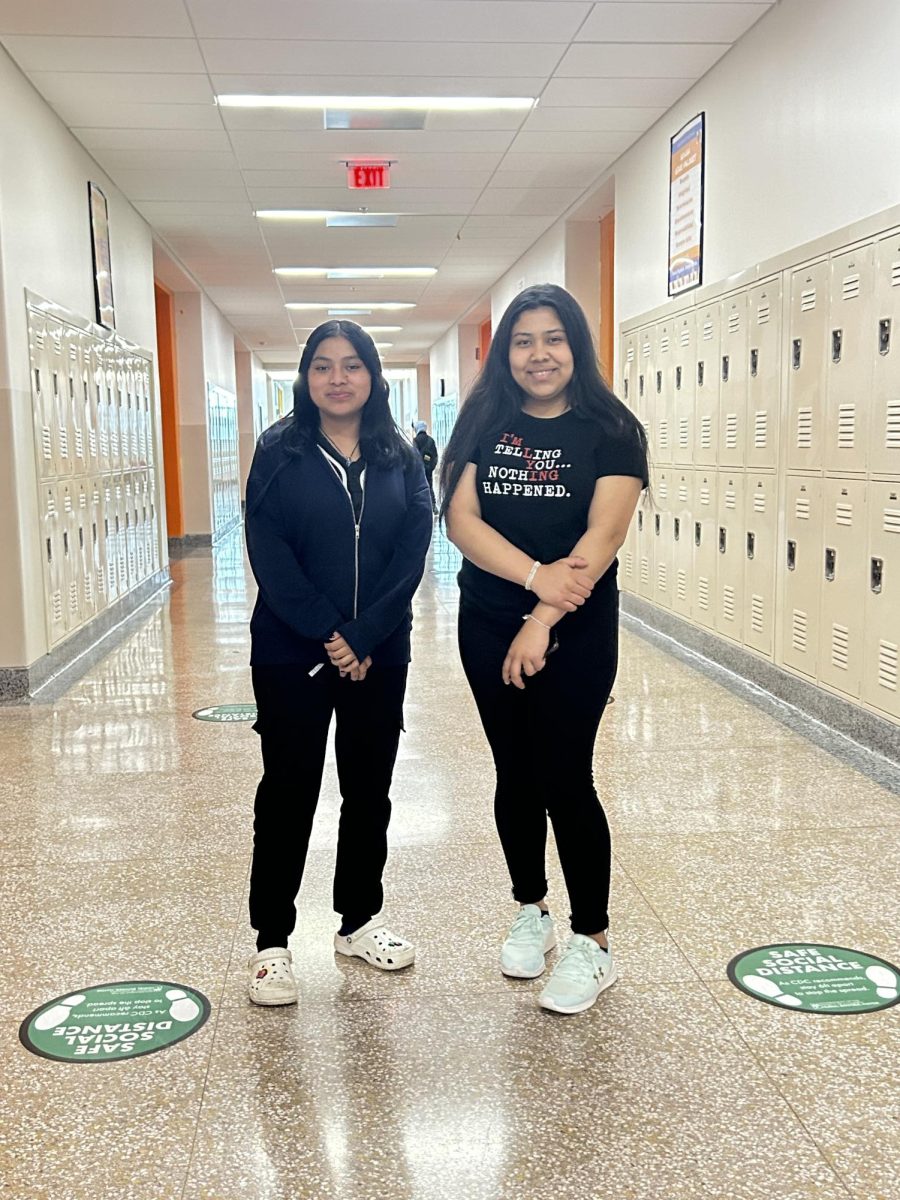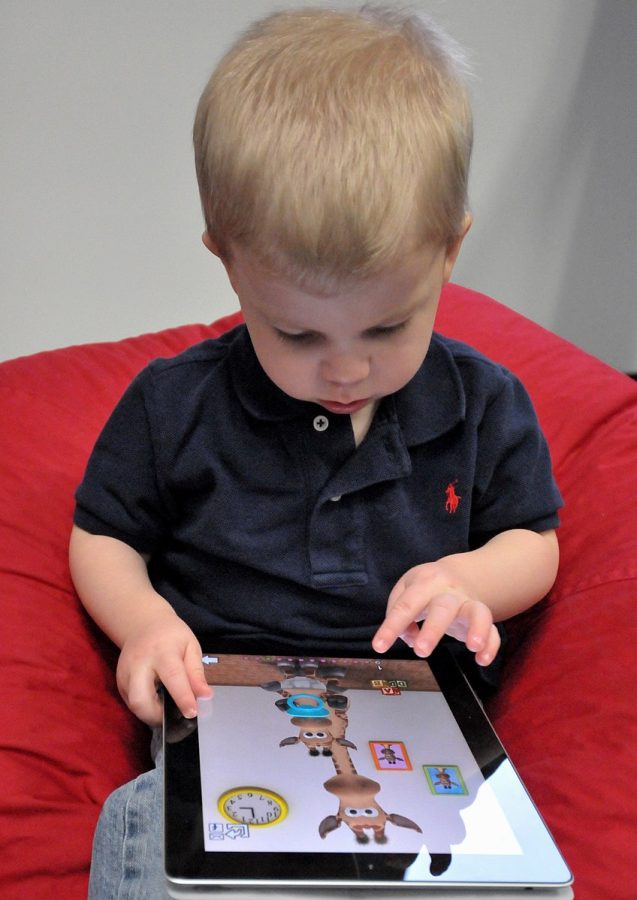Gentrification is out of control in parts of D.C., especially Petworth. Raised rents, more homelessness, and more D.C. natives moving out is changing the neighborhood and becoming a crisis for people who live here.
“Seeing your neighborhood change can affect you, and feeling like you’re being pushed out and not welcomed can affect you,” sophomore Tyrell Pittman said.
Washington, D.C. had the second highest influx of white residents into the city’s center in the U.S. between 2010 and 2020, according to the Washington Post, which analyzed census data.
Petworth real estate costs have risen quickly, says NAF Academy and CTE Programs Director Julian Hipkins, who said he bought a house in the neighborhood 10 years ago and has seen costs escalate since then.
“So we benefit from that in terms of finances,” Hipkins said. “When it’s our culture. I think that’s another conversation.
‘’To me, gentrification in many ways, is telling long term residents that your lives don’t matter,” Hipkins continued. “You know, we say black lives matter, but gentrification, wherever in the city it is happening, is telling the long term residents of that place that you’re not as important as the people who are coming in now.’’
Social Studies Instructional Coach, Samantha Averett shared her views on the cultural aspect.
“I think gentrification causes an erasure,” Averett said, “and that is painful, when you feel that your way of life is being erased.”
Walking down Petworth streets, you can see the changes in this neighborhood with new construction. You can also see it in the demographic makeup of neighborhood public schools. According to DCPS, numerous elementary feeder schools for Roosevelt are becoming whiter. While Roosevelt is 1 percent white, the students feeding into it have higher percentages of white students. Dorothy I. Height is 6 percent white, and Powell is 12 percent white, and Bruce-Munroe at Park View is 13 percent white.
Those students may end up shifting Roosevelt’s demographics in a few years.


















